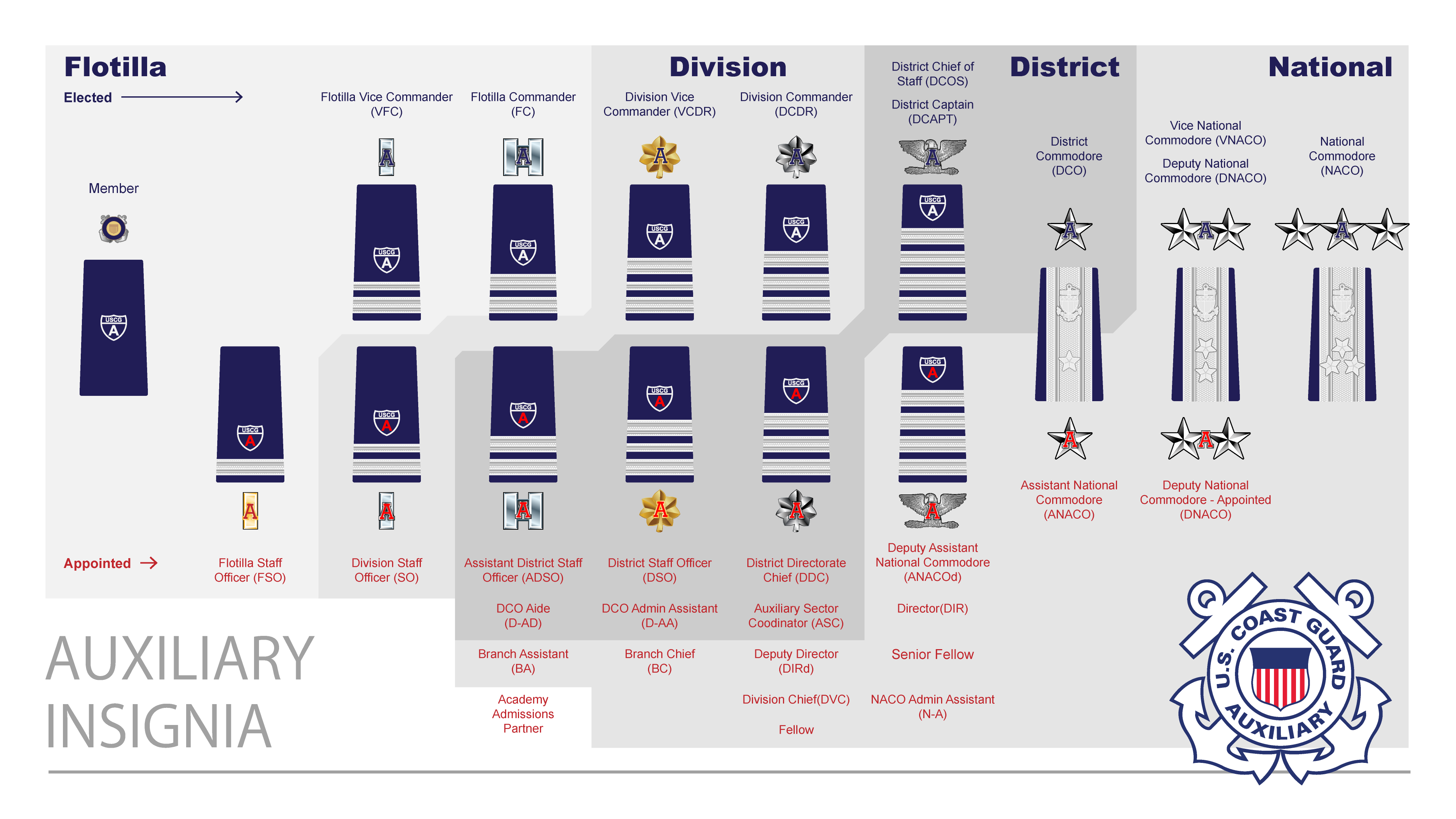7 Coast Guard Ranks

Introduction to the Coast Guard Ranks

The United States Coast Guard is a unique branch of the military, operating under the Department of Homeland Security during peacetime and the Department of the Navy during wartime. The Coast Guard’s mission is to protect the public, the environment, and the United States’ economic and security interests in any maritime region, including international waters and America’s coasts, ports, and inland waterways. The organization is led by a hierarchical structure, with various ranks that define the roles, responsibilities, and levels of authority within the service. Understanding these ranks is essential for both those interested in joining the Coast Guard and those who want to learn more about its operations.
Enlisted Ranks

The enlisted ranks in the Coast Guard are divided into several levels, each with its own set of responsibilities and requirements. These ranks are crucial for the day-to-day operations of the Coast Guard, as they involve direct participation in missions, training, and support services. The enlisted ranks, from lowest to highest, include: - Seaman Recruit (E-1): The entry-level rank for newly enlisted members, where they undergo basic training. - Seaman Apprentice (E-2) and Seaman (E-3): As members gain experience and skills, they can advance to these ranks, taking on more responsibilities. - Petty Officer Third Class (E-4): This rank marks the beginning of the non-commissioned officer (NCO) ranks, where individuals start to take on leadership roles. - Petty Officer Second Class (E-5), Petty Officer First Class (E-6), and Chief Petty Officer (E-7): These ranks signify increasing levels of expertise, leadership, and responsibility within the Coast Guard. - Senior Chief Petty Officer (E-8) and Master Chief Petty Officer (E-9): The highest enlisted ranks, where members have achieved high levels of proficiency and leadership, often serving as mentors and senior advisors.
Warrant Officer Ranks

Warrant Officers in the Coast Guard are technical experts who have gained a high level of proficiency in a specific field. They are appointed by a warrant, which is different from the commission received by officers. Warrant Officers play a crucial role in supporting the operational needs of the Coast Guard, serving as: - Warrant Officer 1 (W-1): The entry-level warrant officer rank. - Chief Warrant Officer 2 (W-2), Chief Warrant Officer 3 (W-3), and Chief Warrant Officer 4 (W-4): As Warrant Officers gain experience, they can advance through these ranks, taking on more complex responsibilities and providing expert guidance.
Officer Ranks

The officer ranks in the Coast Guard are responsible for leading and managing the service’s operations, strategy, and personnel. These ranks include: - Ensign (O-1): The most junior officer rank, typically held by recent graduates of the Coast Guard Academy or Officer Candidate School. - Lieutenant Junior Grade (O-2) and Lieutenant (O-3): As officers gain experience, they advance through these ranks, taking on more significant leadership roles. - Lieutenant Commander (O-4), Commander (O-5), and Captain (O-6): These ranks represent higher levels of command and administrative responsibility. - Rear Admiral (Lower Half) (O-7), Rear Admiral (Upper Half) (O-8), Vice Admiral (O-9), and Admiral (O-10): The most senior officer ranks, responsible for strategic leadership and high-level decision-making.
Specialty Ranks and Insignia

In addition to the basic rank structure, the Coast Guard also has specialty ranks and insignia that denote specific skills or roles, such as Aviation, Boatswain’s Mate, Culinary Specialist, and Health Services Technician, among others. These specialties are crucial for the diverse missions of the Coast Guard and require specialized training and expertise.
Rank Insignia and Uniforms

The rank of a Coast Guard member is indicated by insignia on their uniform. Enlisted members wear chevrons on their sleeves to denote their rank, while officers wear bars, oak leaves, or stars, depending on their rank. The uniforms and insignia serve as visual representations of a member’s rank and status within the Coast Guard, reflecting their level of authority, expertise, and responsibility.
💡 Note: Understanding the ranks and their responsibilities is crucial for effective communication and coordination within the Coast Guard, as well as for those interacting with the service from outside.
In summary, the Coast Guard’s rank structure is designed to provide a clear hierarchy of authority, responsibility, and expertise. From the entry-level Seaman Recruit to the highest-ranking Admiral, each rank plays a vital role in the service’s operations and mission success. Whether on the water, in the air, or on land, the men and women of the Coast Guard work together, leveraging their unique skills and ranks to protect and serve the United States.
What is the primary role of the Coast Guard?

+
The primary role of the Coast Guard is to protect the public, the environment, and the United States’ economic and security interests in any maritime region.
How are Coast Guard ranks structured?

+
The Coast Guard ranks are divided into enlisted ranks, warrant officer ranks, and officer ranks, each with its own hierarchy and responsibilities.
What is the significance of rank insignia in the Coast Guard?

+
Rank insignia in the Coast Guard signify a member’s rank, level of authority, and expertise, serving as a visual representation of their status within the service.



